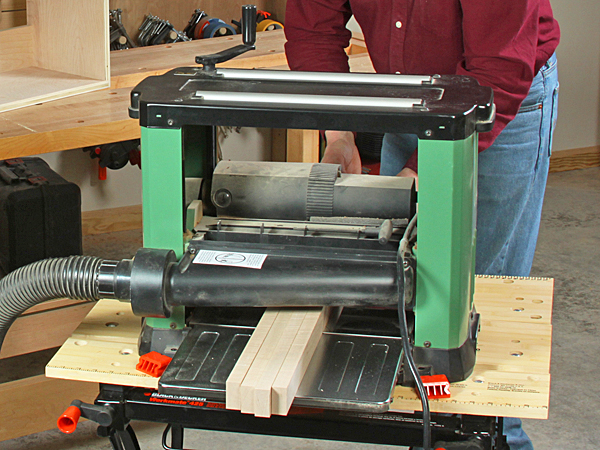
What are the key things to evaluate when selecting a power planer? I am looking at various 12″ planers and would like to know how to go about differentiating them. My plans are to build furniture, using hardwoods such as cherry, oak, etc. How important is the two-speed feature? Most planers have only one speed. I am told that I need the two speeds when using it for hardwoods.
Michael Dresdner: The fast speed is for quick leveling or removing wood, while the slower speed will give you a finer, smoother cut on the last pass, and may help a bit with figured wood. I have a one speed, and deal with the problems of a smoother last pass by taking a smaller cut, which to some extent does the same thing. Like most add-on features on tools, it is nice to have if you can afford it, but you can live without it and still do some darned good woodworking.
How important will it be to you? Take a piece of maple and get the store you plan to buy the planer from to let you run it through the floor model at both speeds — one side at high speed, the other at low speed — with the same, small depth of cut. Take a good, close look at the two surfaces. Is the difference you see good enough to warrant the added expense? If so, you have your answer.
Simon Watts: There is an advantage to being able to vary the rate of feed on a thickness planer. The slower the feed, the smoother the finished surface–and the longer it takes to produce.
Some planers have a bed that moves up and down and others have a fixed bed and adjustable cutter head. With a fixed bed, you can rig in-feed and out-feed tables that don’t need constant adjustment according to the thickness of stock being planed. This is a considerable advantage–especially when working alone.





